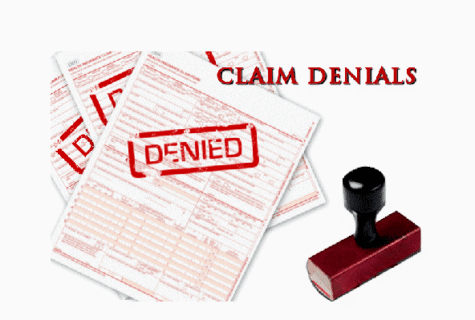
As if diagnosis coding isn’t hard enough, ICD-10-CM includes a whole group of unspecified codes that will almost ensure your claims end up in the denial pile. But there are a few steps you can take early on that can prevent this from happening.
ICD-10 offers a great deal more specificity, and payers expect you to take advantage of that. But clinicians don’t always document to the level that you need them to justify the more specific code. So you’re left with no choice but unspecified codes.
So what can you do? Here are four simple steps you can take to limit your unspecified code use:
- Identify: You can quickly spot unspecified codes because they typically have “not otherwise specified” or “NOS” in the Tabular List definition.
- Frequency: Now that you can recognize these codes, your next step is to determine how frequently you report them. One way to do this is with your electronic health record (EHR). Most programs have the capability to run a report by code. Start out by checking last three months to see which unspecified codes you most often bill. This report should also tell you who in your office is assigning these codes.
- Educate Staff: Once you have the frequency that you bill unspecified codes, and who in your office is the biggest offender, you can use it to educate. The goal is to teach your staff how to look for better options or how they can query your clinicians for additional information to choose a more specific diagnosis code. It may be as simple as explaining that ICD-10 offers more expanded options, and what might have been unspecified under ICD-9 has a more explicit code in ICD-10.
- Educate Providers: You should also work with your clinicians to improve the specificity of their documentation. This will allow your coders to significantly cut down on the incidents of having to choose an unspecified code in the first place. This approach nips the issue early on and keeps it from becoming a problem downstream when charts are coded.
When educating your providers, you should provide them with tools that will make it as easy as possible for them to incorporate the needed information. For example, try developing a simple query form that allows your providers to check a box or take a similar simple action to obtain the missing details you need. Your form might say:
Additional information is needed to properly code this patient to the highest level of specificity. Please answer the checked boxes below:
- Please circle Right or Left
- Please circle Diabetes Type 1 or Type 2
- Please circle treatment status: Initial Subsequent Sequela
By keeping communication clear and to the point, you can more easily get the information that you need without disrupting your clinicians as they care for patients. This also reminds them of the type of information that you need in the medical record.
Nonetheless, there are times when an unspecified code is the only option. But these times should be few and far between. However, when you’re faced with them, make sure that your documentation is rock solid so that it supports your code choice. This is the only way you’ll be able to defend your claim if you ever need to.
Take Aways:
- Unspecified codes frequently lead to denials. So try to avoid them as much as possible.
- Use your EHR to find coders who are using unspecified codes most frequently and educate them about the other options they have at hand.
- Take advantage of quick and easy query forms to get the information you need from clinicians to select a more appropriate code.
